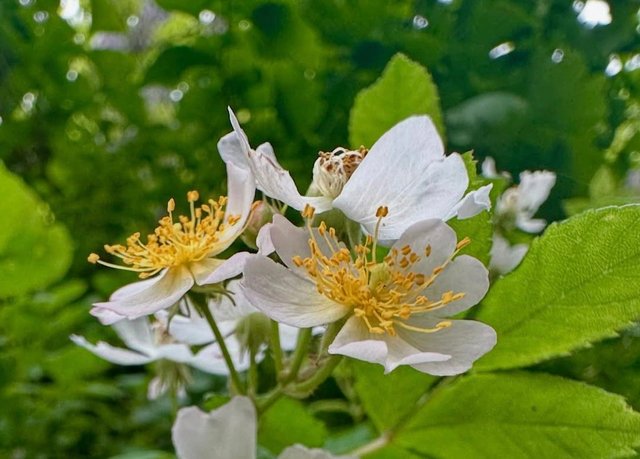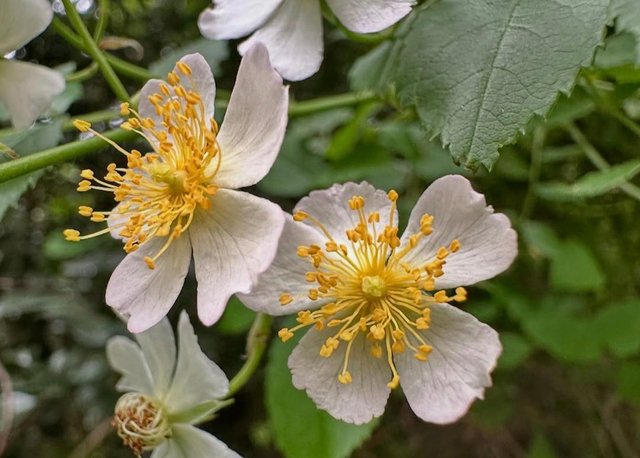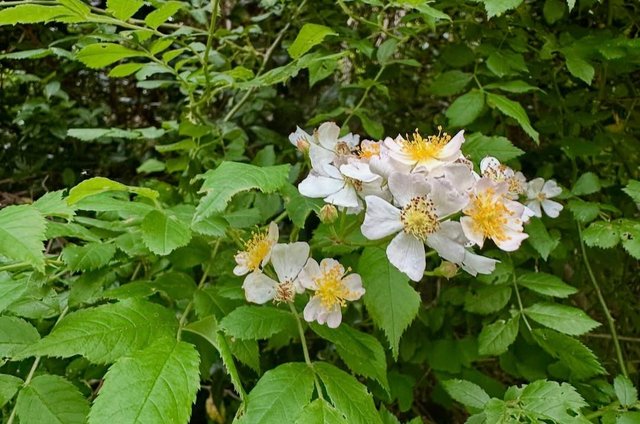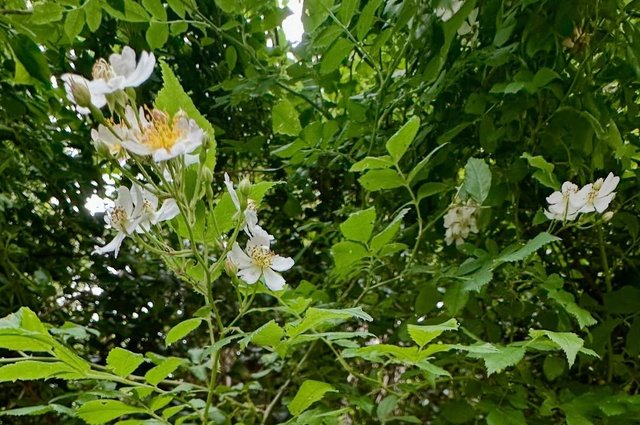The Multiflora Rose: Beauty with a Wild Side
Native to East Asia, particularly Japan, Korea, and China, the multiflora rose was introduced to North America in the 1800s. Initially, it was welcomed with open arms. Farmers and conservationists planted it widely as a living fence, erosion control tool, and wildlife habitat. Its vigorous growth, ability to form dense thickets, and resilience made it seem like the perfect solution for many land management problems.
The multiflora rose is a deciduous shrub that can grow up to 15 feet tall (and often just as wide) if left unchecked. Its flowers are small—usually no more than 1 inch across—and bloom in large, fragrant clusters from late spring to early summer. The petals are typically white, though occasionally you’ll see soft pink varieties.What began as a well-intentioned introduction quickly turned into a widespread issue. Multiflora rose is now considered an invasive species in many parts of North America. It spreads rapidly via seed dispersal by birds and mammals, and it can also reproduce through root suckers and layering.Once established, it forms dense, impenetrable thickets that crowd out native plants and alter ecosystems. Its sharp thorns make it difficult for livestock or humans to pass through, and its aggressive growth can smother nearby vegetation.
Device Information
| Device | Redmi 14 Pro Plus |
|---|---|
| Lens | No Lens |
| Edit | Lightroom CC |
| Captured by | @pioneerjeff |




Upvoted! Thank you for supporting witness @jswit.